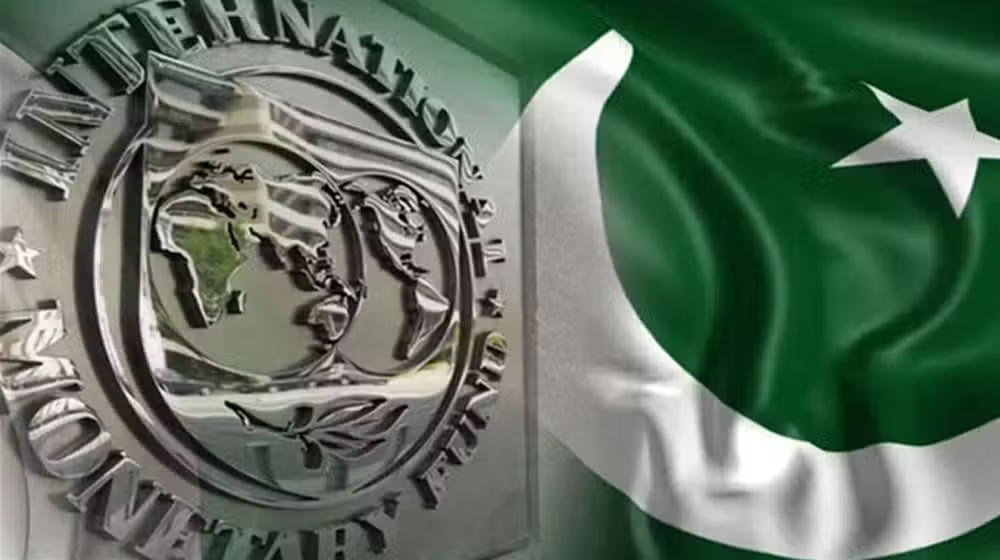Islamabad, Oct 23: The IMF Forecasts has been expecting a GDP growth of 3.2 percent in Pakistan for the upcoming fiscal year of 2025. This forecast is given at the backdrop of gradually recovering economy where Pakistan is focusing on the stabilization of its economy after getting hit by a series of financial crises.
The IMF’s outlook is viewed in a positive manner as it unlocks means for a bounce back amid the key challenge facing the country in the form of inflation, fiscal deficits, and pressures from external debt.
IMF’s Forecast and Its Implications
At present, Pakistan’s GDP was estimated by the IMF to have a growth rate of 3.2 % in the fiscal year 25 compared to previous years.
This IMF Forecast emerges from the continuous revolution, which seeks to restore balance, such as operating, generating more revenues as well as containing the increasing debt of this nation.
As globally, the IMF predicts 3.2% of the GDP increase in Pakistan for FY25, such steady and gradual growth can only be achieved if many structural shifts remain effective in the long run. As we see it, the 3.2% growth rate is by no means unbeneficial to the prospect, though it cannot meet Pakistan’s government’s expectations.
This is as economists have opined that there where further reformation needed to improve productivity, low the inflation rate, and generate even more employment. Were these challenges tackled, the growth of the Pakistan’s GDP may surpass the IMF’s projection.
Key Factors Contributing to GDP Growth
There are specific reasons which make IMF positive about the Economy of Pakistan. First, signs of stabilization resulting from the compliance with the fiscals policies recommended by the IMF are anticipated to be observed. Some of these polices include cutting on subsidies, enhance tax revenues, and moving to export lead growth.
Based on these crucial areas, the country has the possibility to improve performance and create the foundation for future economic success.
Second, projections for the comprehensive recovery critical sectors such as agriculture, manufacturing and services are expected to be significant factors to the growth.
Pakistan, especially its agricultural industry, underpinned by huge contributions to the country’s GDP, seems to be relatively unyielding to challenges occasioned by change in climate and water rationing.
Also changes in the manufacturing and services sector might have positive effects on productivity and, therefore increase economic growth.
